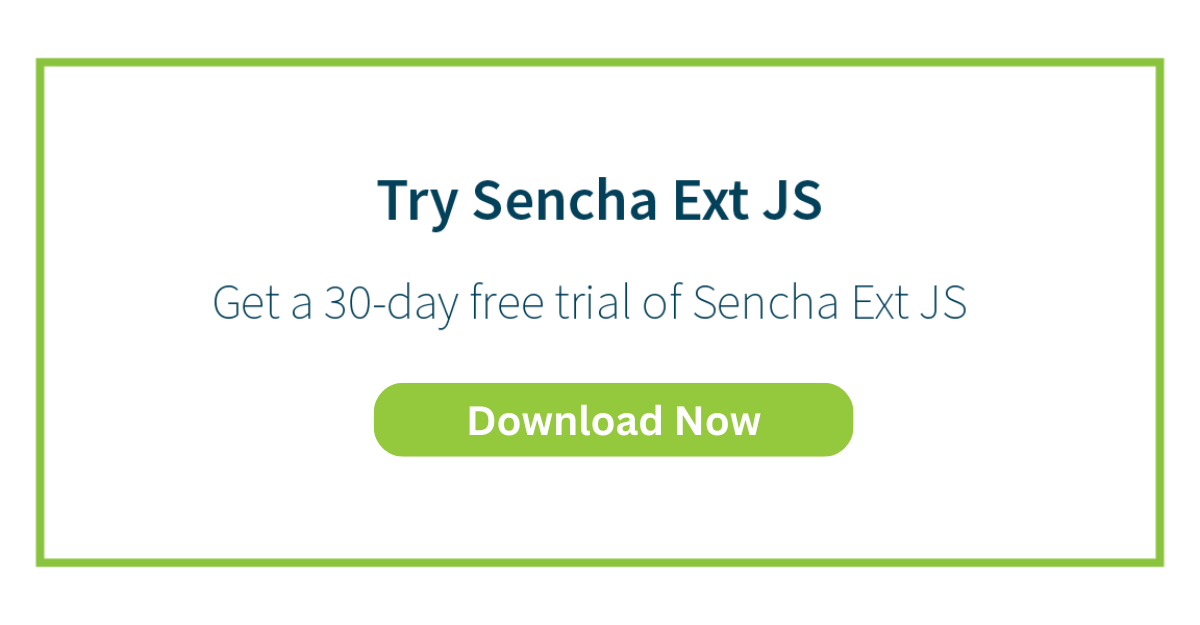Web Application Development | Top 10 Frameworks in 2025

If you are a developer, you must know the role of frameworks in creating amazing applications. Web application development frameworks come with pre-built tools to create amazing applications. As a result, we can create beautiful dynamic applications without even writing our code from scratch. However, there are so many options available for choosing the right framework. Therefore, one might get confused easily when choosing a framework like Ext JS.
This blog is here to make the selection easier for developers. We have listed the 10 most popular JS frameworks in the below sections. From Ext JS to ASP.NET Core, we have got a list full of excellent options. Let’s continue reading this article to integrate the best framework.

What Are the Top 10 Web Application Development Frameworks?
1. Ext JS
Ext JS is one of the most popular frameworks used for the enterprise application development process. This framework is known for its comprehensive component library. It is fascinating to know that Ext JS comes with more than 140 pre-built components. These components include:
- Grids
- Pivot grids
- Exporters
- Layouts
- Charts
- D3 adapters.
Enhancements in Ext JS 7 for Modern Web Development
It is important to note that Ext JS 7.7 has arrived. Here are some enhancements that we got in the new version:
1) Grid enhancements for a better scrolling experience.
Improvements to:
- Timefield
- Calendar Modern components
- Chart component improvements for Classic and Modern
- Enhanced Firefox user experience for Grid Column
- Accessibility improvements for Grid (ARIA).
2) Support for on-demand downloads of the framework, templates, and other dependencies for user-selected Ext JS versions.
3) Support for the most recent IDE and Ext JS versions with the Sencha Eclipse plugin, Sencha JetBrains plugin, and Sencha Visual Studio Code plugin.
4) CMD improvements for closure compiler and Open tooling/NPM improvements.
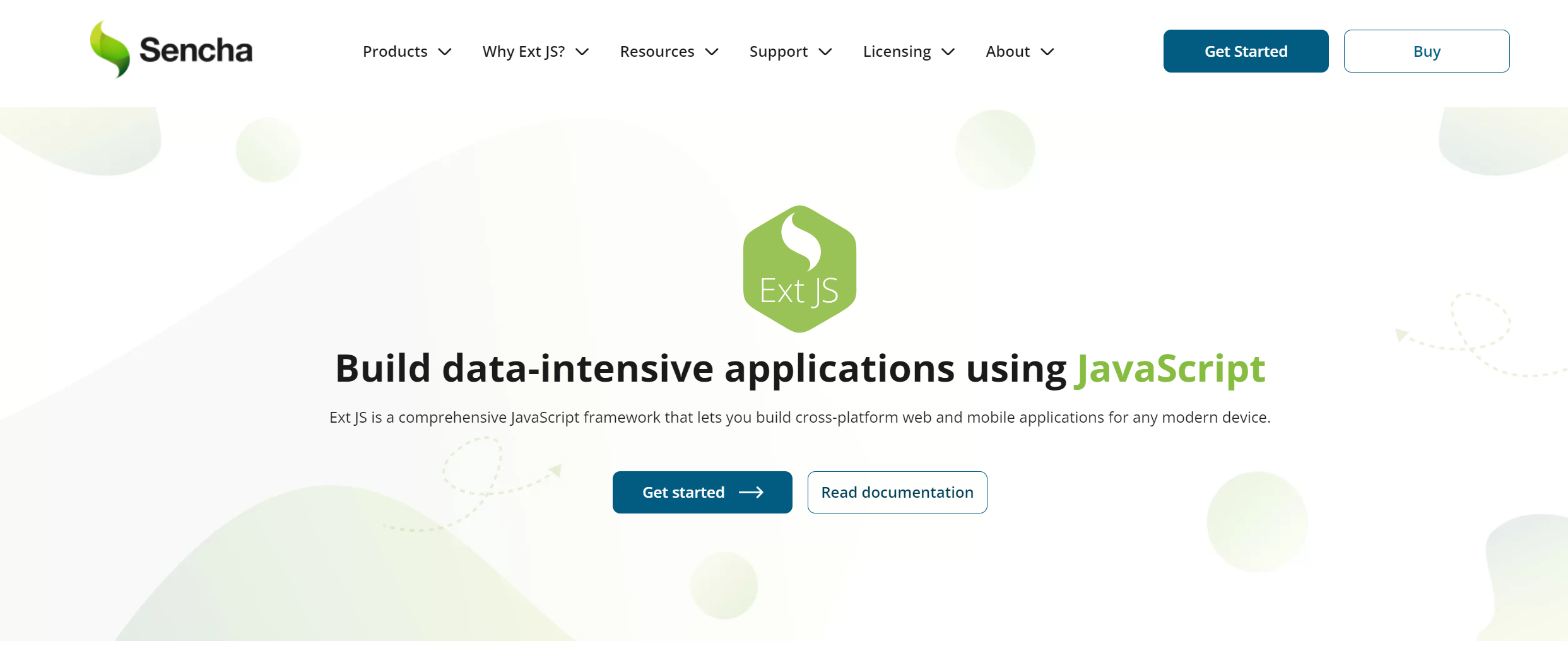
2. React
React, developed by Facebook, has revolutionized the web and mobile application development landscape with its emphasis on dynamic and interactive user interfaces. As a dominant force in web development, React not only makes it simpler to create engaging web pages but also extends its capabilities to mobile app development, ensuring a wide-ranging applicability.
Key Features of React:
- Versatile Usage: React’s application spans across web and mobile platforms, making it a versatile tool for developers.
- Component-based Architecture:
- Encourages the creation of reusable UI components.
- Enhances development speed and maintains consistency.
- Virtual DOM:
- Implements a virtual Document Object Model for efficient updates.
- Boosts app performance by only rendering components that change.
- Robust Ecosystem:
- Includes tools like Create React App and Next.js for easy project setup.
- Offers a wide range of community-developed plugins and extensions.
- Single-Page Applications:
- Ideal for developing SPAs, ensuring smooth transitions and a native-like experience.
React’s approach to application development, with its focus on performance and user experience, has made it a favored choice among developers looking to create fast and responsive apps.
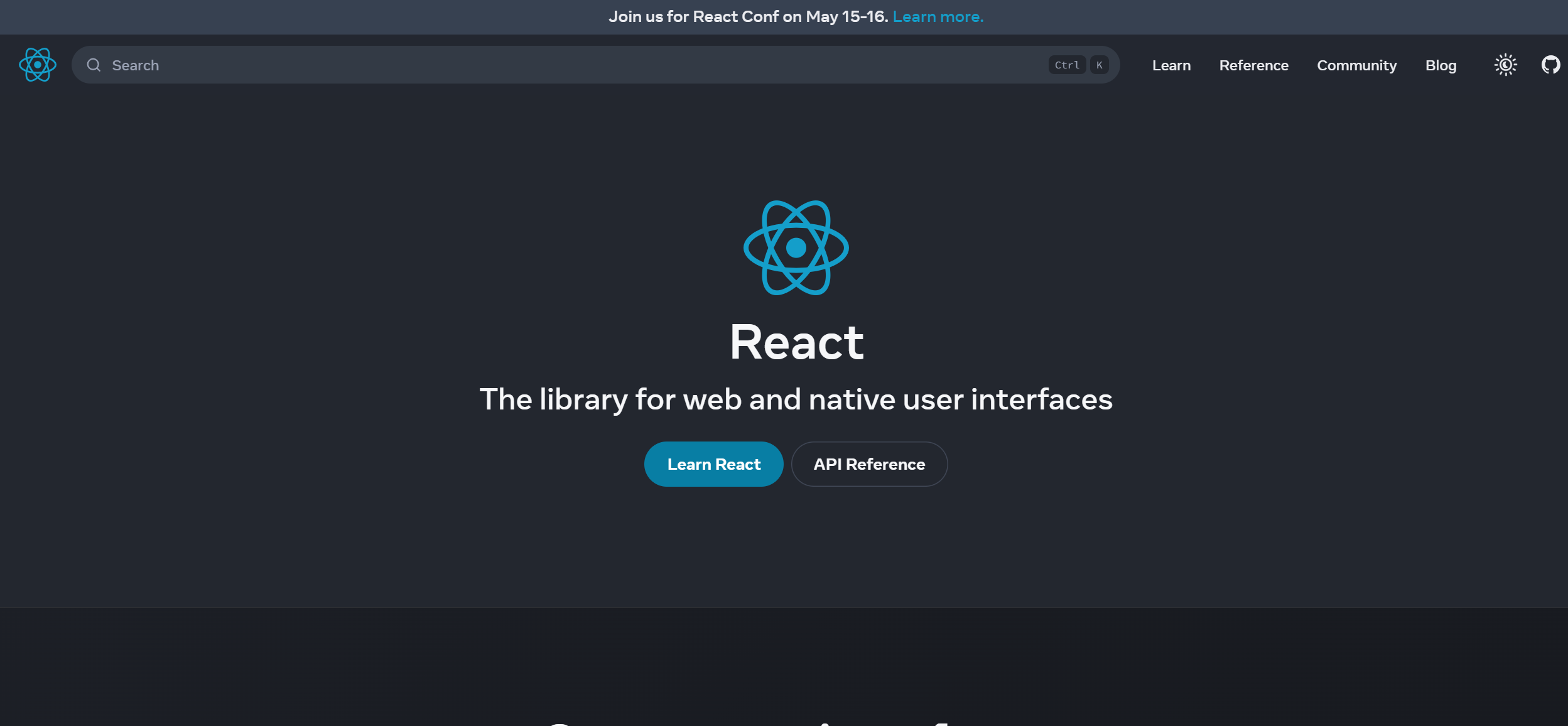
3. Angular
Angular, developed by Google, is a powerful framework for building dynamic web applications. It utilizes TypeScript and offers a robust structure with a comprehensive range of features.
Key Angular Features:
- Two-Way Data Binding: Simplifies the synchronization between the model and the view.
- Dependency Injection: Boosts development efficiency by allowing reusable services.
- TypeScript-Based: Enhances code quality and maintainability with static typing.
- Modular Development: Facilitates code organization into reusable modules.
- Rich Tooling: The Angular CLI streamlines tasks like component creation and deployment.
- Supported by Google: Regular updates and a vibrant community for support.
Ideal for large-scale projects, Angular makes maintaining and updating web apps straightforward.
Websites like Upwork, Lego, PayPal, and Netflix use Angular.
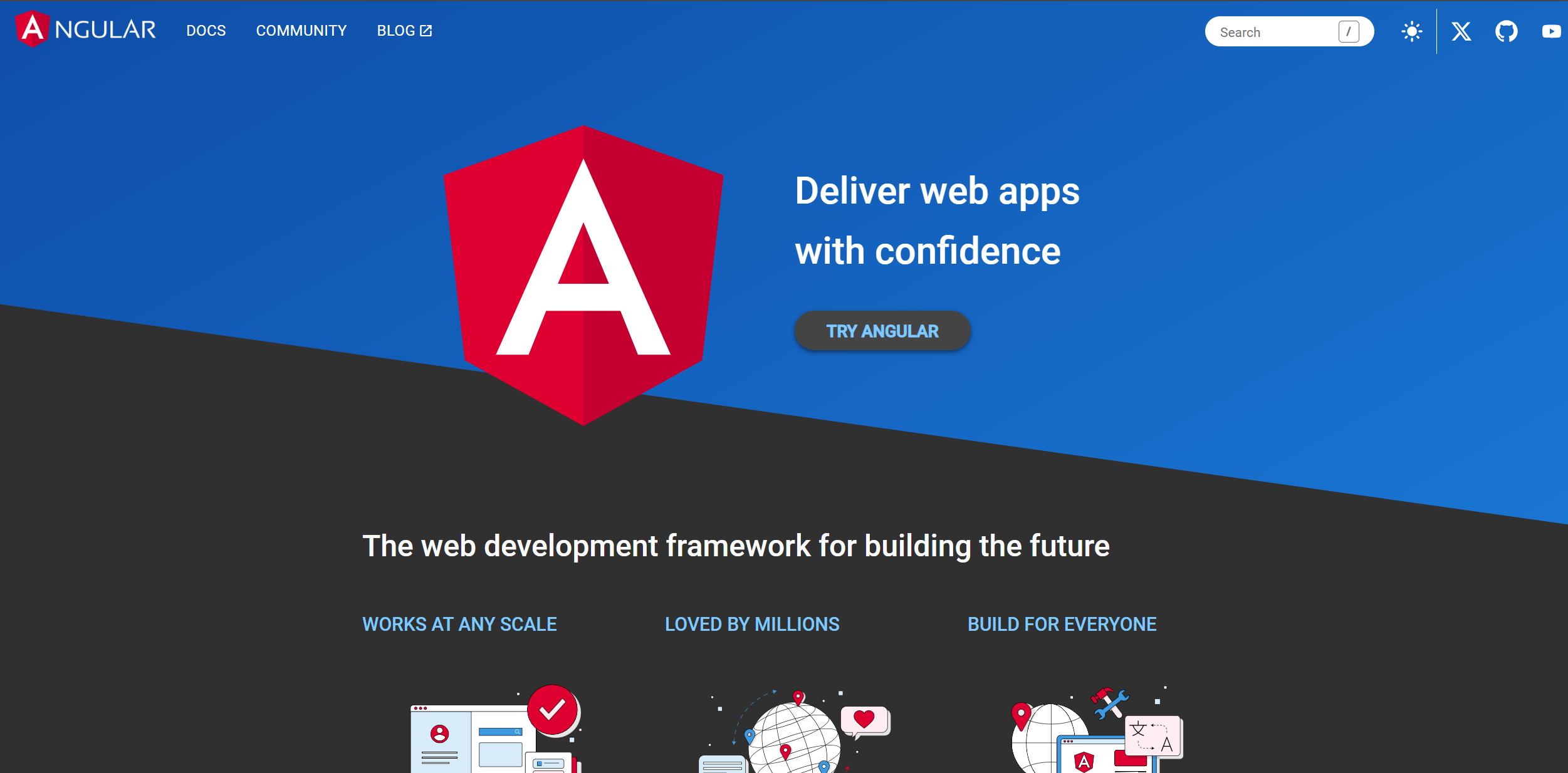
4. Vue.js
Vue.js stands as a progressive JavaScript framework, tailor-made for building user interfaces and single-page applications (SPAs). Its core library focuses on the view layer only, making Vue.js easy to pick up and integrate with other libraries or existing projects. Vue.js is also perfectly capable of powering sophisticated Single-Page Applications when used in combination with modern tooling and supporting libraries.
Key Features of Vue.js:
– High Adaptability: Vue.js’s design is incrementally adoptable. This flexibility allows developers to gradually integrate Vue into their projects, depending on their needs.
– Simplified Learning Curve: Compared to other major frameworks, Vue.js is known for its straightforward syntax and project structure, making it approachable for beginners while being powerful enough for advanced developers.
– Rich Ecosystem:
– Vue Router: The official router for Vue.js. It deeply integrates with Vue.js core to make building Single Page Applications with Vue.js a breeze.
– Vuex: Vue’s own state management pattern and library, which facilitates centralized state management for large applications.
– Vue CLI: Provides a full system for rapid Vue.js development, streamlining project setup, development, and build processes.
– Reactive Interfaces: Vue.js makes it simple to build dynamic and reactive user interfaces. Its system of reactive data binding ensures that your UI updates efficiently as your application’s state changes.
– Performance and Flexibility: Vue.js offers a balance between performance and flexibility. It achieves high performance through its lightweight size and optimized rendering process, while providing developers with the flexibility to structure their application as they see fit.
Vue.js is the ideal choice for developers who value simplicity, flexibility, and performance in their web development projects. Its easy learning curve, combined with a powerful set of tools and a supportive community, makes Vue.js a compelling option for both small projects and large-scale applications. Whether you’re building simple interactive views or complex SPAs, Vue.js provides the necessary features and efficiency to bring your project to life.
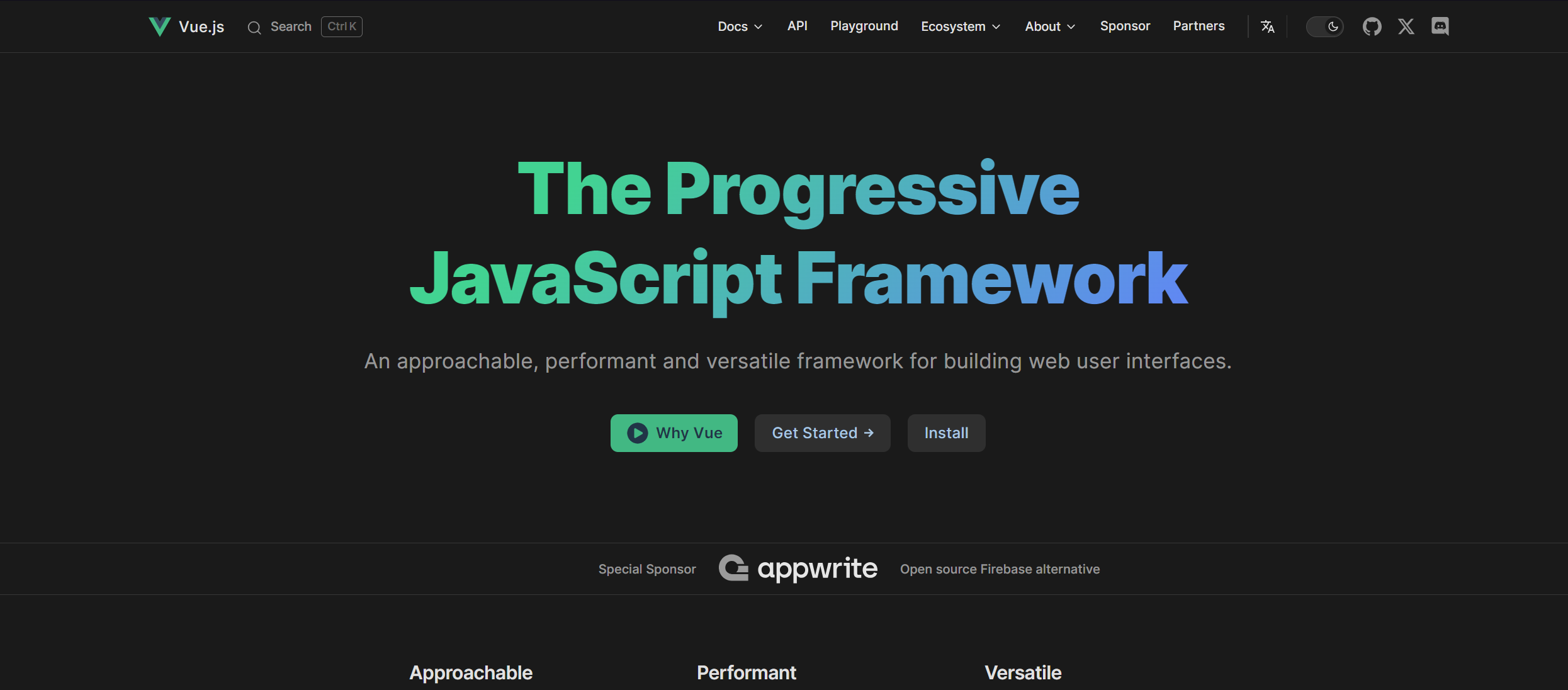
5. Django
Django is popular for its “battery-included” approach. It allows us to create scalable web applications within no time. This framework allows rapid development with a clean, pragmatic design. It is important to note that Django is a high-level Python development framework.
One of the best parts of Django is that it adopts automation as much as possible. Besides, it uses object relation mapping for interacting with databases. If you want a high-security option, you must choose Django.
Django makes things easier by providing default settings and reducing repetitive tasks.
Django also focuses on security, offering tools to help developers build safe websites. It’s good for meeting tight deadlines and handling complex requirements. Django apps can grow to be very large and handle lots of traffic.
Major companies like Pinterest, Disqus, YouTube, Spotify, and Instagram use Django for their websites.
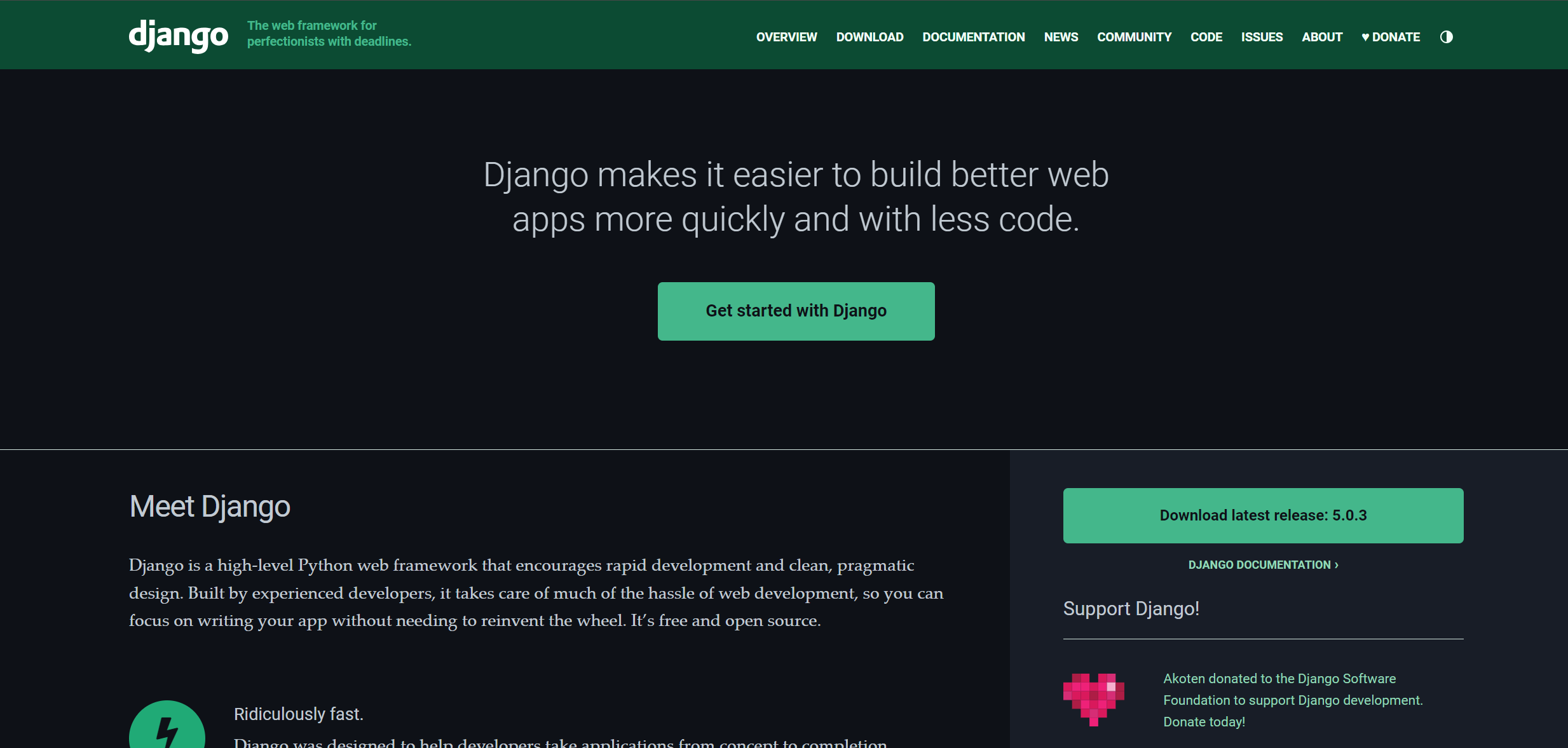
6. Flask
Flask, a micro web framework written in Python, has become a popular choice for developers looking to create web applications efficiently. Its simplicity and flexibility allow for quick development of projects ranging from small-scale applications to medium-sized services. Flask stands out for its minimalistic approach, providing just the essentials to get a web app up and running, while still being extensible enough to accommodate complex applications.
Key Features of Flask:
– Simplicity and Flexibility:
– Designed to make getting started quick and easy, with the ability to scale up to complex applications.
– Offers a straightforward and unobtrusive framework, avoiding unnecessary complications.
– Minimalistic Design:
– Comes with the bare minimum tools and libraries needed for web development, encouraging a clean and maintainable codebase.
– Rich Ecosystem and Extensions:
– Despite its simple core, Flask can be easily extended with a variety of extensions for database integration, form validation, upload handling, and more.
– Robust Community Support:
– Benefits from a vibrant and friendly community offering extensive documentation, tutorials, and third-party libraries.
– Newcomers find it welcoming with ample resources and support for troubleshooting.
– Ideal for Small to Medium-Sized Projects:
– While it’s lightweight and straightforward, Flask is powerful enough to support the development of both small and increasingly complex applications.
– Developer Freedom and Flexibility:
– Unlike more opinionated frameworks, Flask leaves the architectural decisions to the developer, offering flexibility in how applications are structured.
Flask’s “batteries included” approach ensures that developers have access to a wide array of functionalities through extensions, without being overwhelmed by them from the start. This makes Flask an excellent choice for both prototyping projects and developing robust web applications that require a clean, efficient backend.

7. Ruby on Rails
Ruby on Rails, often simply referred to as Rails, is a server-side web application framework written in Ruby. It is designed to make programming web applications easier by making assumptions about what every developer needs to get started. Rails prides itself on its ability to speed up the development process with a convention over configuration approach. This framework is a popular choice among developers for creating beautiful and efficient web applications.
Key Features of Ruby on Rails:
– Convention over Configuration:
– Rails emphasizes using standard conventions for common tasks, which reduces the amount of configuration code developers need to write.
– This approach streamlines development, making coding simpler and more intuitive.
– Scaffolding:
– A powerful feature that allows developers to quickly generate some of the major pieces of a web application.
– Facilitates rapid development by automatically creating code for the basic operations of your application.
– Active Record ORM (Object-Relational Mapping):
– Provides an intuitive and powerful interface for handling database interactions.
– Allows developers to write database queries in Ruby, rather than SQL, making the code more readable and maintainable.
– Rich Ecosystem and Strong Community:
– Rails has a supportive and active community that contributes to a vast library of gems (plugins), which extend the functionality of applications.
– The framework’s ecosystem includes tools and libraries that cover most needs for web application development.
– Preferred by Many Companies:
– Thanks to its productivity and scalability, Rails is chosen by startups and established companies alike for developing their web applications.
– The strong community ensures that developers have access to support and resources for solving any challenges they encounter.
Ruby on Rails stands out for its ability to create full-featured web applications quickly. Its philosophy of convention over configuration, coupled with a robust set of features like scaffolding and the Active Record ORM, empowers developers to build complex applications with less code and in shorter timeframes. This, along with a vibrant developer community and widespread industry adoption, makes Rails a solid choice for anyone looking to develop web applications.
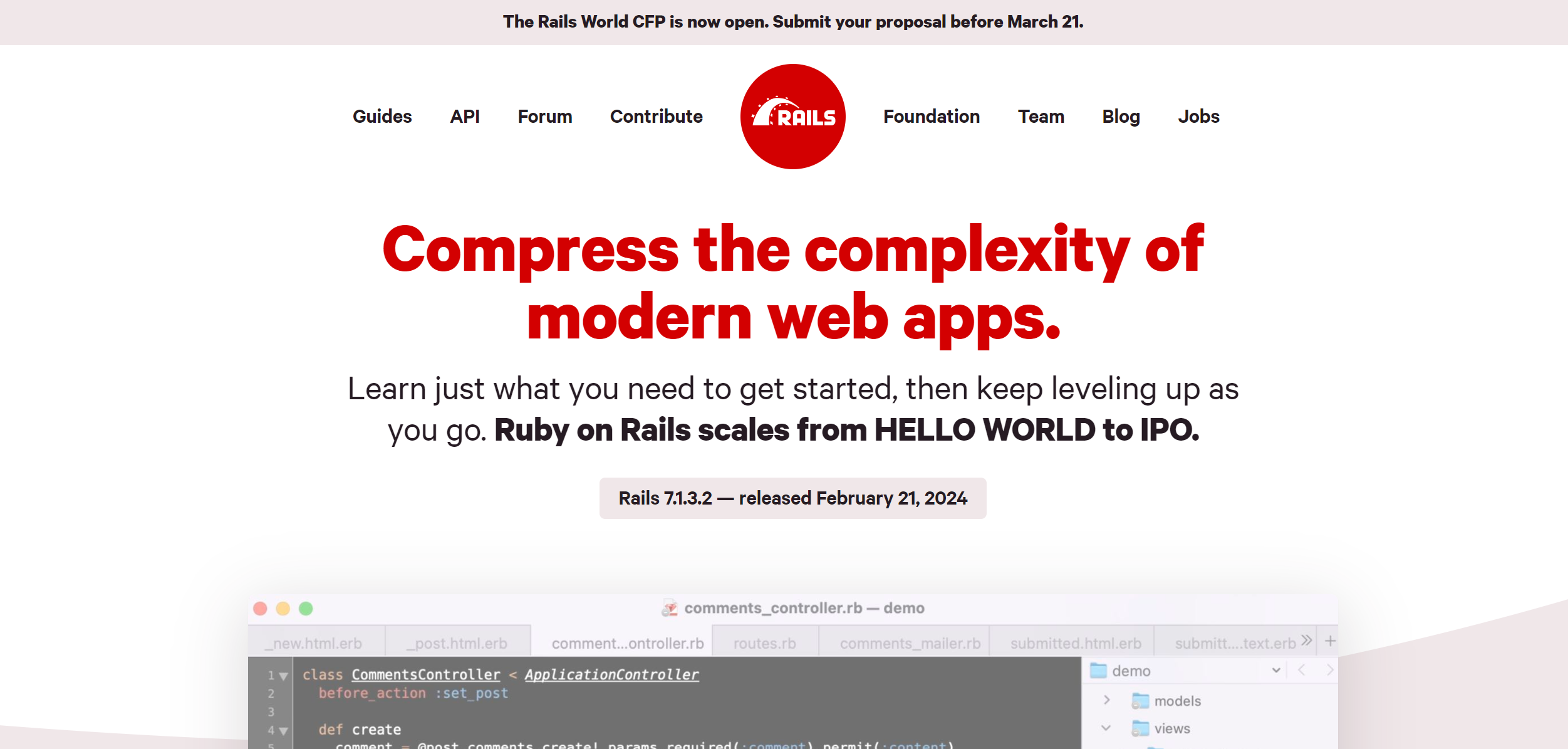
8. Express.js
This is a basic web framework for Node.js. It helps developers build strong, scalable web apps and APIs. Express.js lets developers organize their apps the way they want, without any strict rules. It includes tools for managing HTTP requests and responses smoothly. This makes it great for creating fast, lightweight web servers and microservices.
Express uses JavaScript, a common programming language, to create the behind-the-scenes parts of websites. It’s liked by developers all over the world for its flexibility and for making APIs (ways for apps to talk to each other) easy to build.
Express is an important part of the MEAN software bundle.
Companies like MuleSoft, Accenture, Myntra, Uber, and Myspace use Express for their projects.
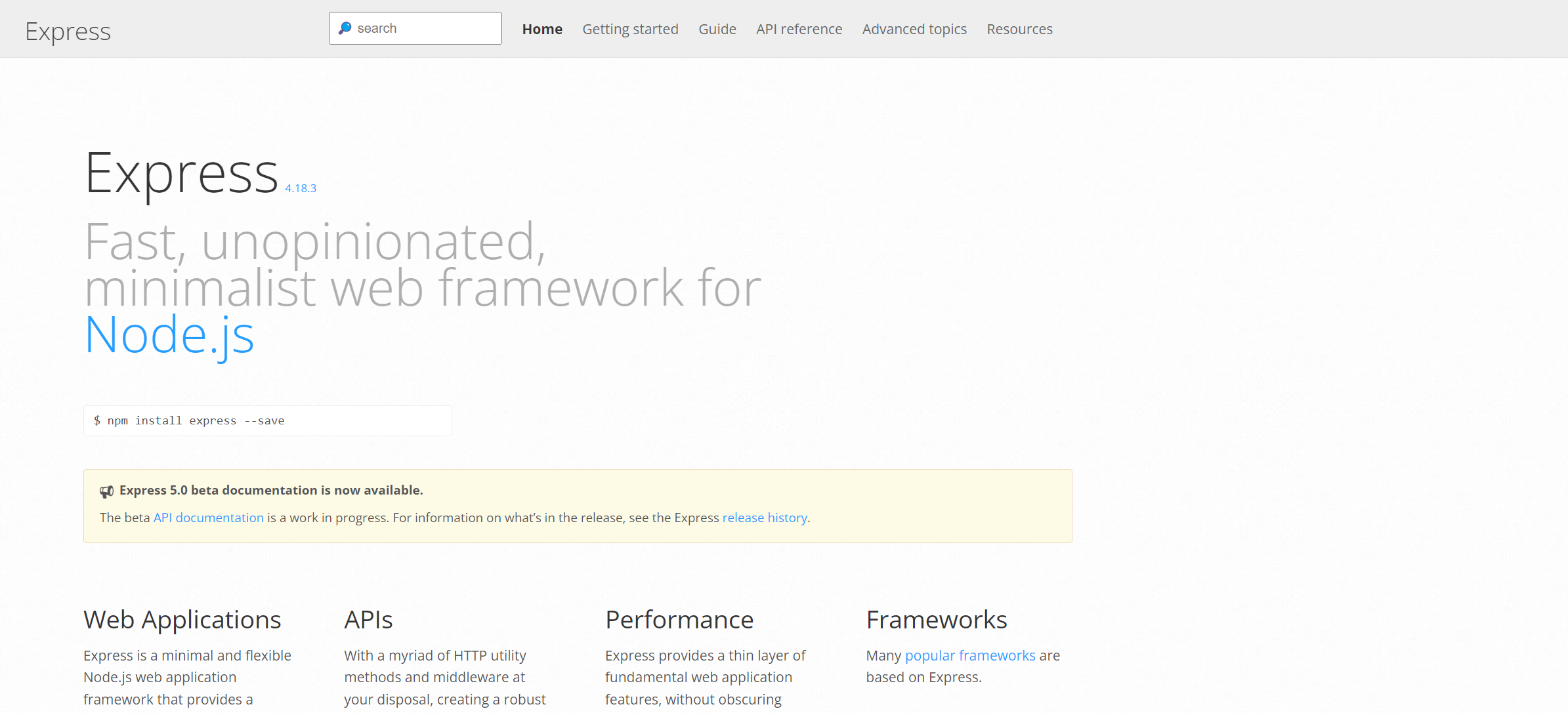
9. Laravel
Think of Laravel as a toolbox for PHP developers. Laravel has clean code and easy-to-use tools. Moreover, it helps us simplify common tasks like:
- User authentication
- Web page routing
- Data caching.
As a result, we save time and focus on creating innovative web apps. Laravel makes it simple to create and maintain web apps with its easy-to-understand ORM, Blade templating engine, and many helpful packages.
Laravel, created by Taylor Otwell in 2011, is known for being simple, stylish, and easy to understand. It works like other modern frameworks and is based on PHP.
It also has a lot of add-ons that make it more powerful. Laracasts is a website with many videos that teach how to use Laravel, PHP, and other related technologies.
Laravel has useful features like dependency injection and server-side rendering. It’s great for making small websites and apps like Neighbourhood, Travel, Deltanet, Lender, and more.
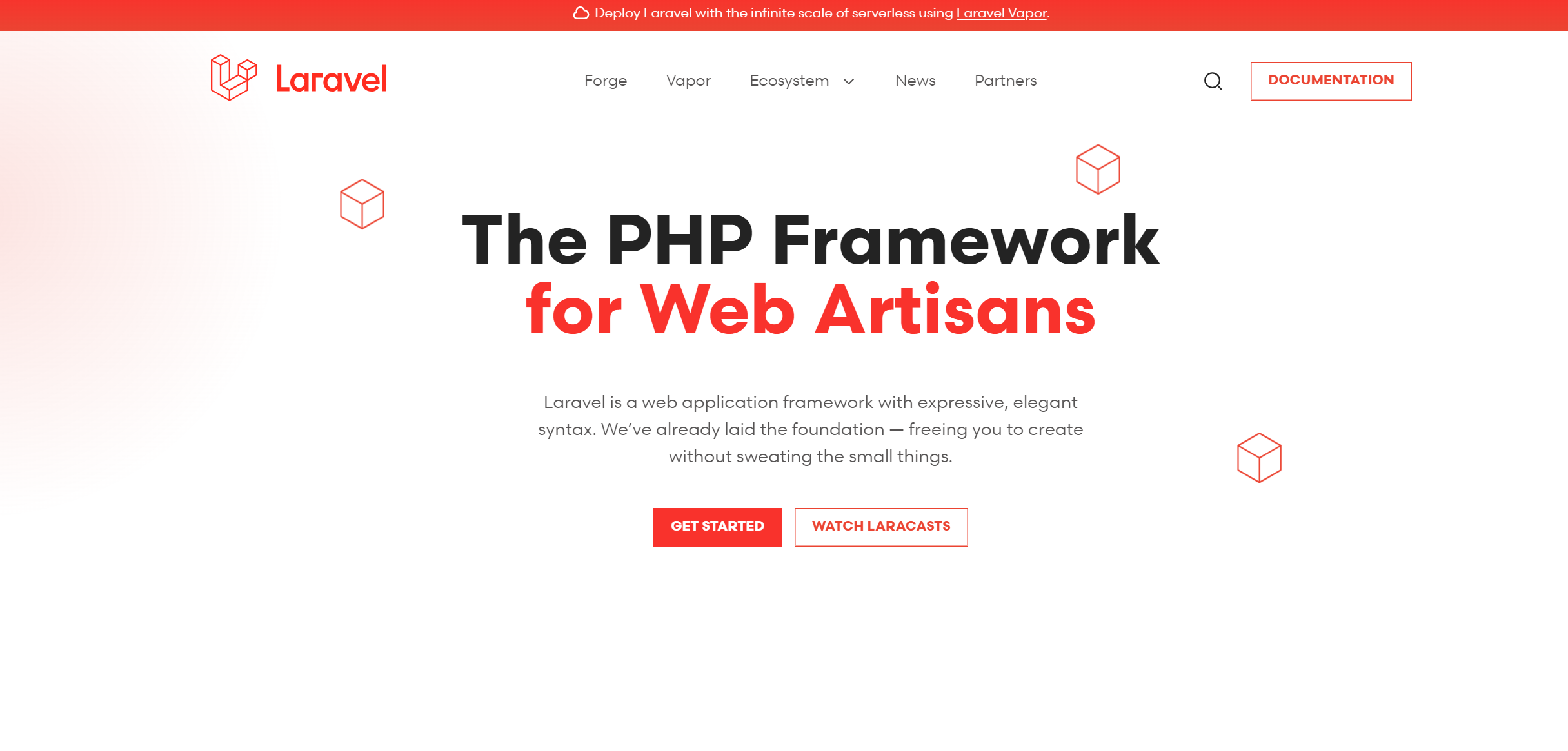
10. ASP.NET Core
ASP.NET Core is a versatile framework from Microsoft for making awesome web apps and services. It’s light, modular, and works well on different platforms.
- Its key strengths are its speed and flexibility. Integrated with Visual Studio and Azure cloud services, it makes building and growing web apps easier.
- It supports various programming languages and is well-supported by developers worldwide, making it great for big web projects.
Also Read: 7 Tips for Optimizing Performance in JavaScript Grids
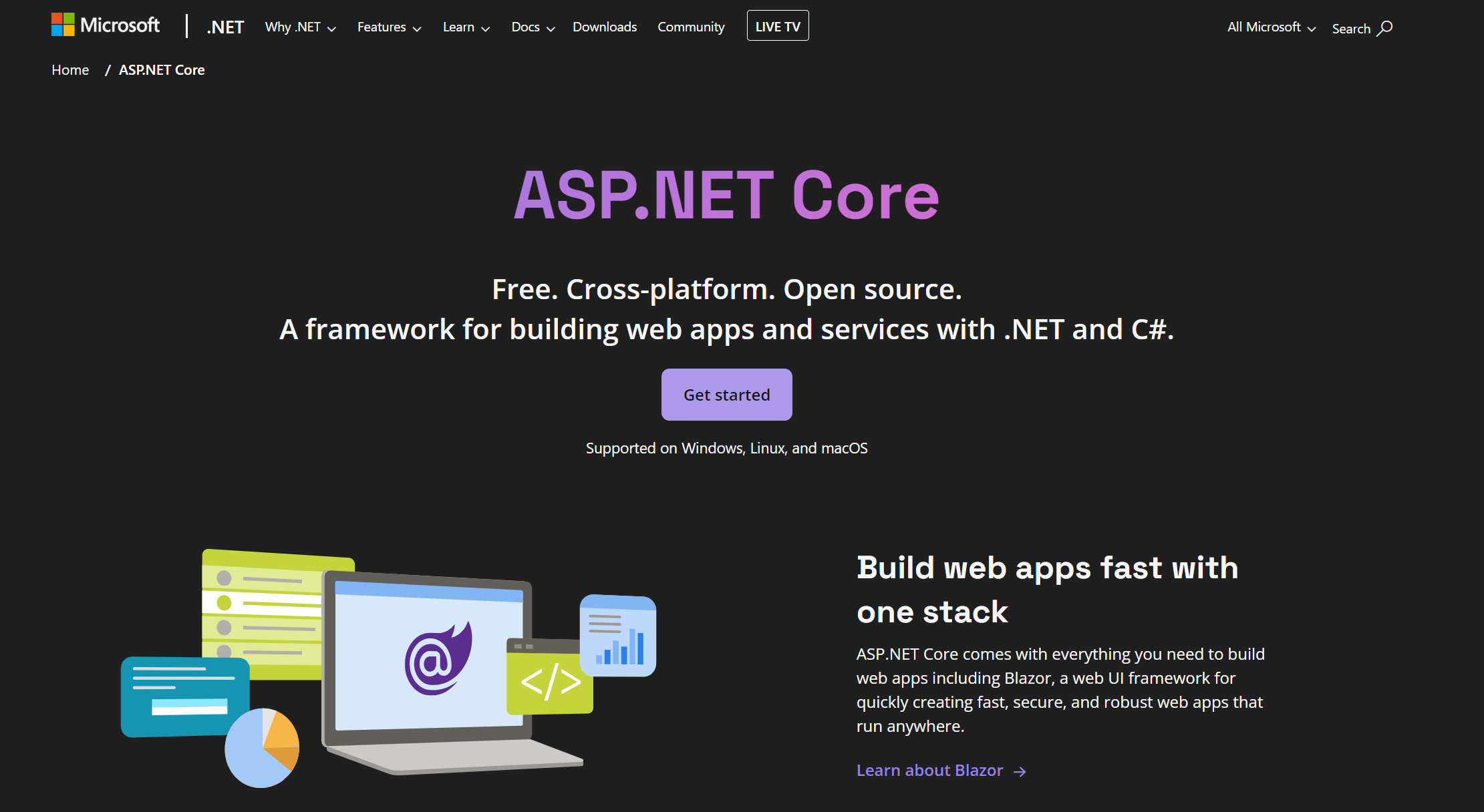
Web Application Development: Conclusion
Picking the right web app framework is key. Each one has its strengths, like Ext JS for big apps, React JS for lively interfaces, and Angular for live web apps.
Vue JS is simple and flexible, Django is fast for big apps, and Flask is easy for smaller ones. Ruby on Rails is great for startups, Express.js is strong for APIs, and Laravel simplifies tasks for PHP devs.
ASP.NET Core is versatile for building web apps. Choosing the best one depends on your needs. We hope this guide helped you find the right framework for your project!
Web Application Development: FAQs
What Factors Should I Consider When Choosing a Web Application Development Framework?
The most important factors are considering the available budget, scalability requirements, tech stack, and your project requirements.
Is Ext JS Suitable for Enterprise-Level Applications?
Yes. Ext JS is one of the most suitable JS web application development frameworks for enterprise-level applications.
Which Framework Is Best for Building Single-Page Applications (Spas)?
React JS and Vue JS are two popular options for building single-page applications.
Why Should I Use a Framework for the Web Application Development Process?
Frameworks give you ready-made components to reduce the time and cost of developing brilliant applications.
Don’t wait any longer – revolutionize your web development workflow with Sencha now!
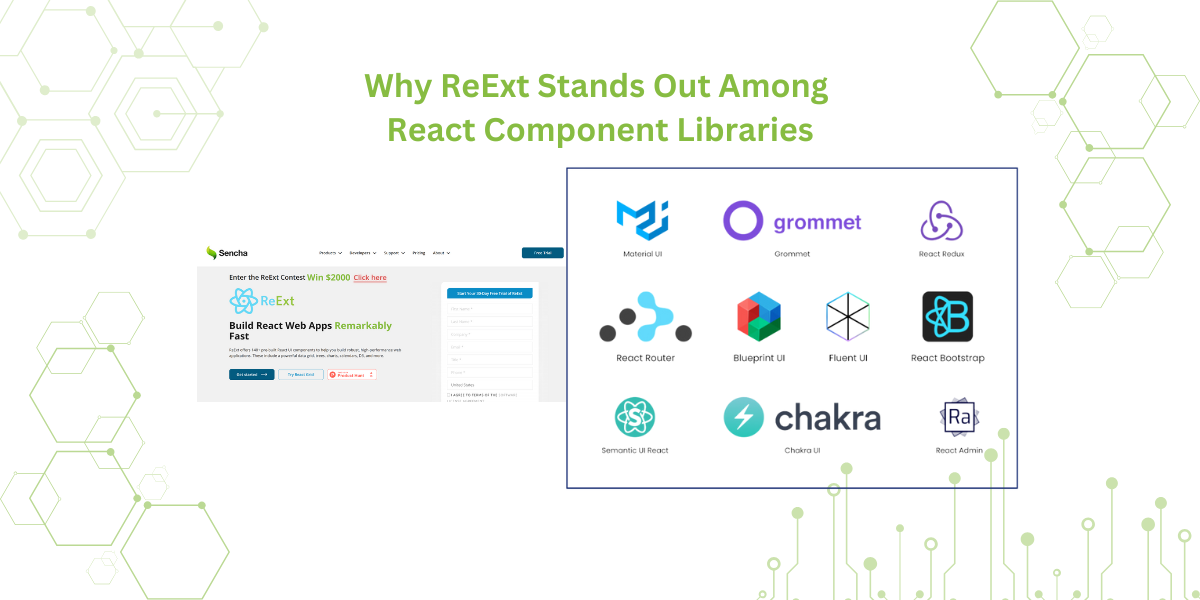
When it comes to React development, developers must make many decisions. One of the most…
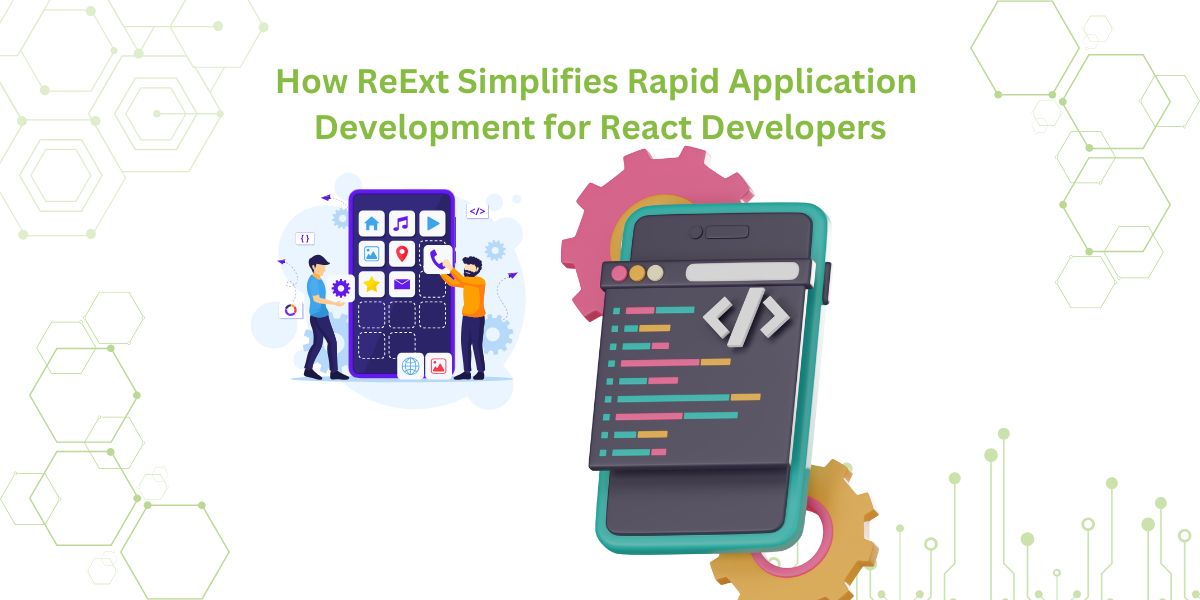
React is a versatile and popular library. It is widely used for creating web applications.…
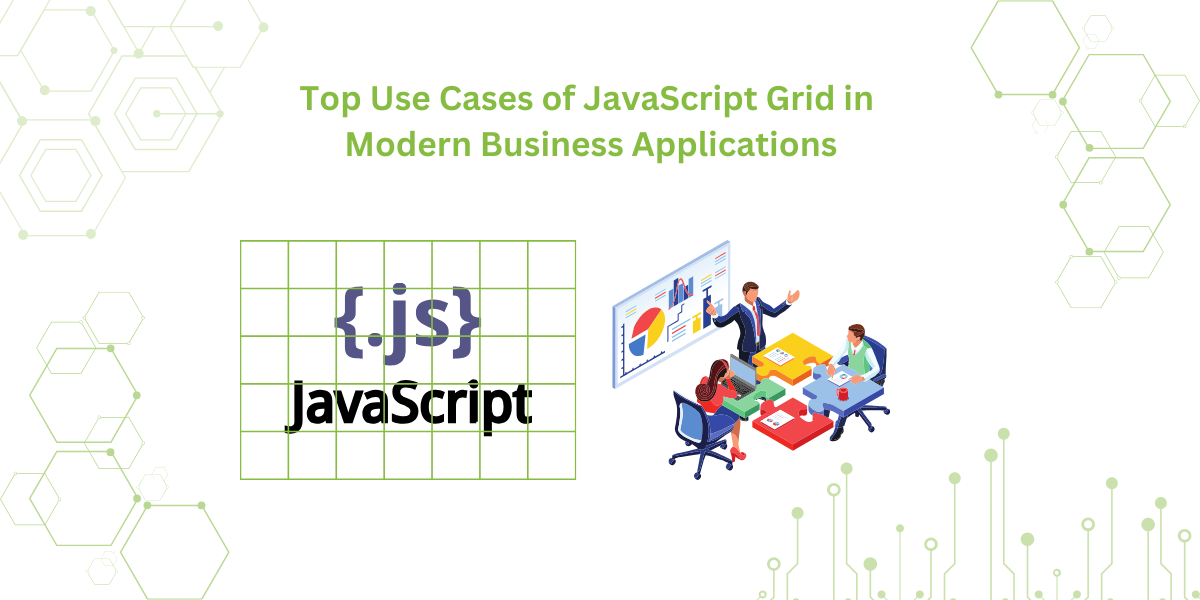
In recent years, the use of grids has notably increased in various industries. This is…




